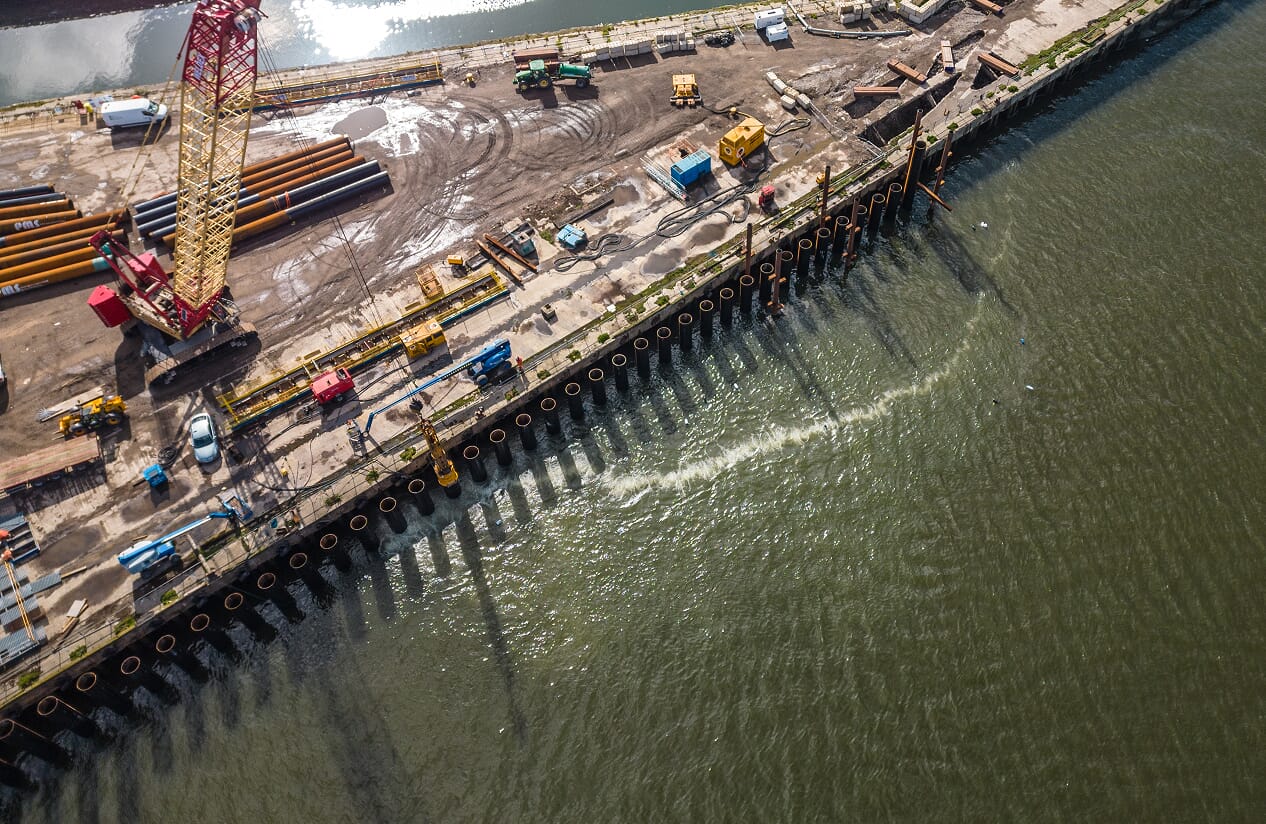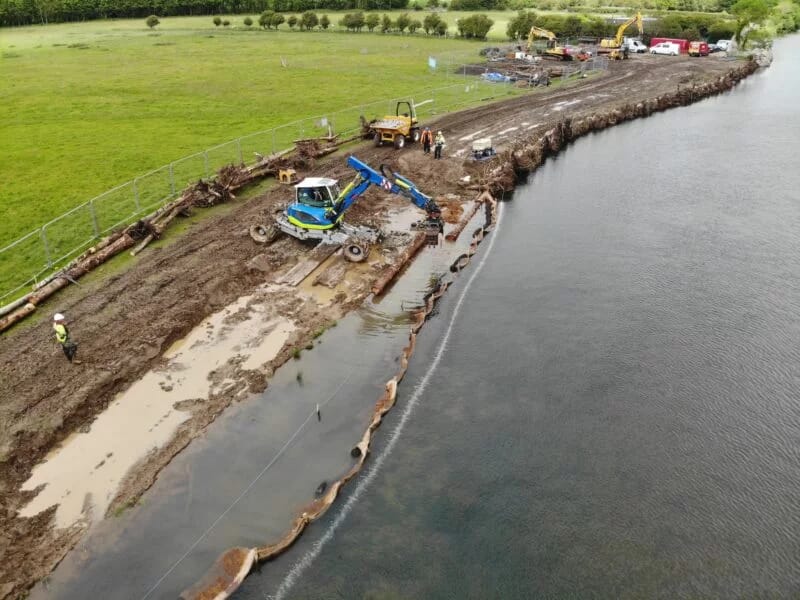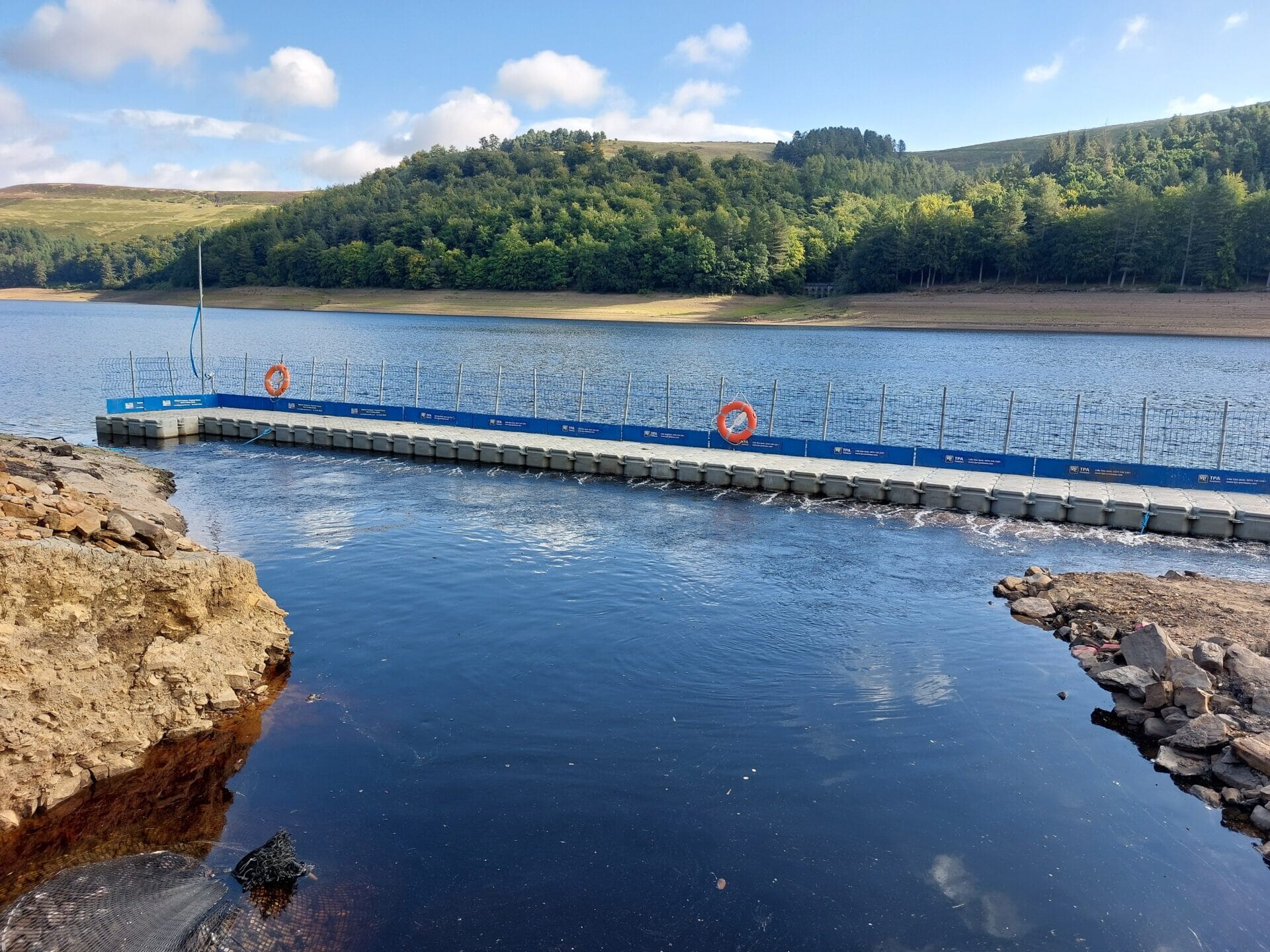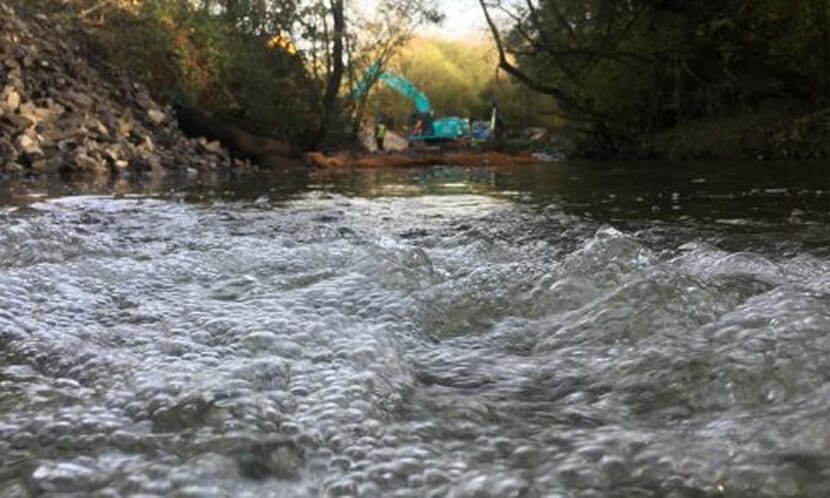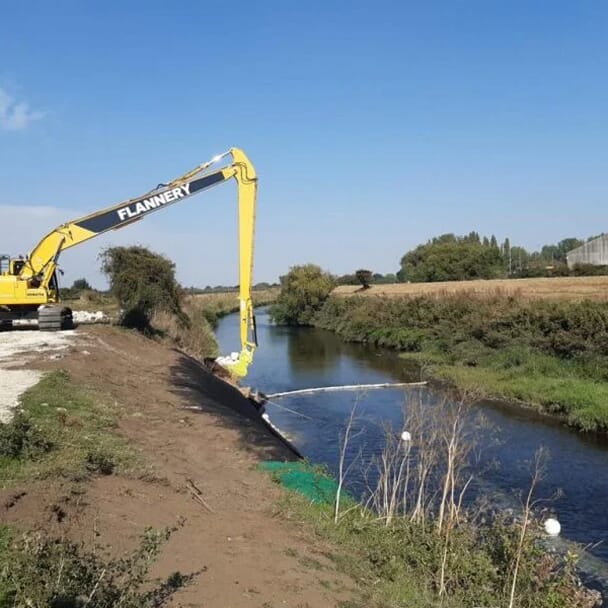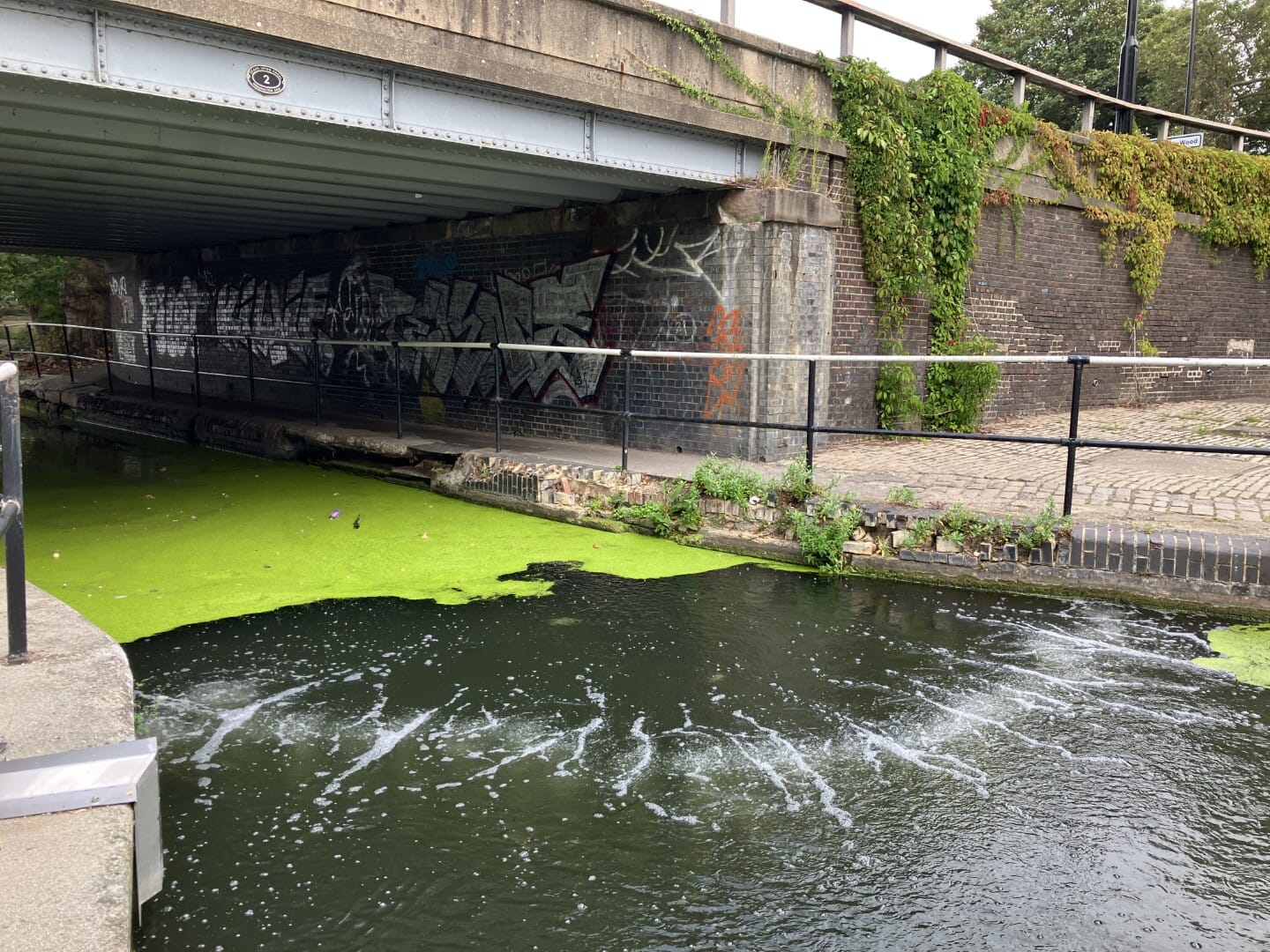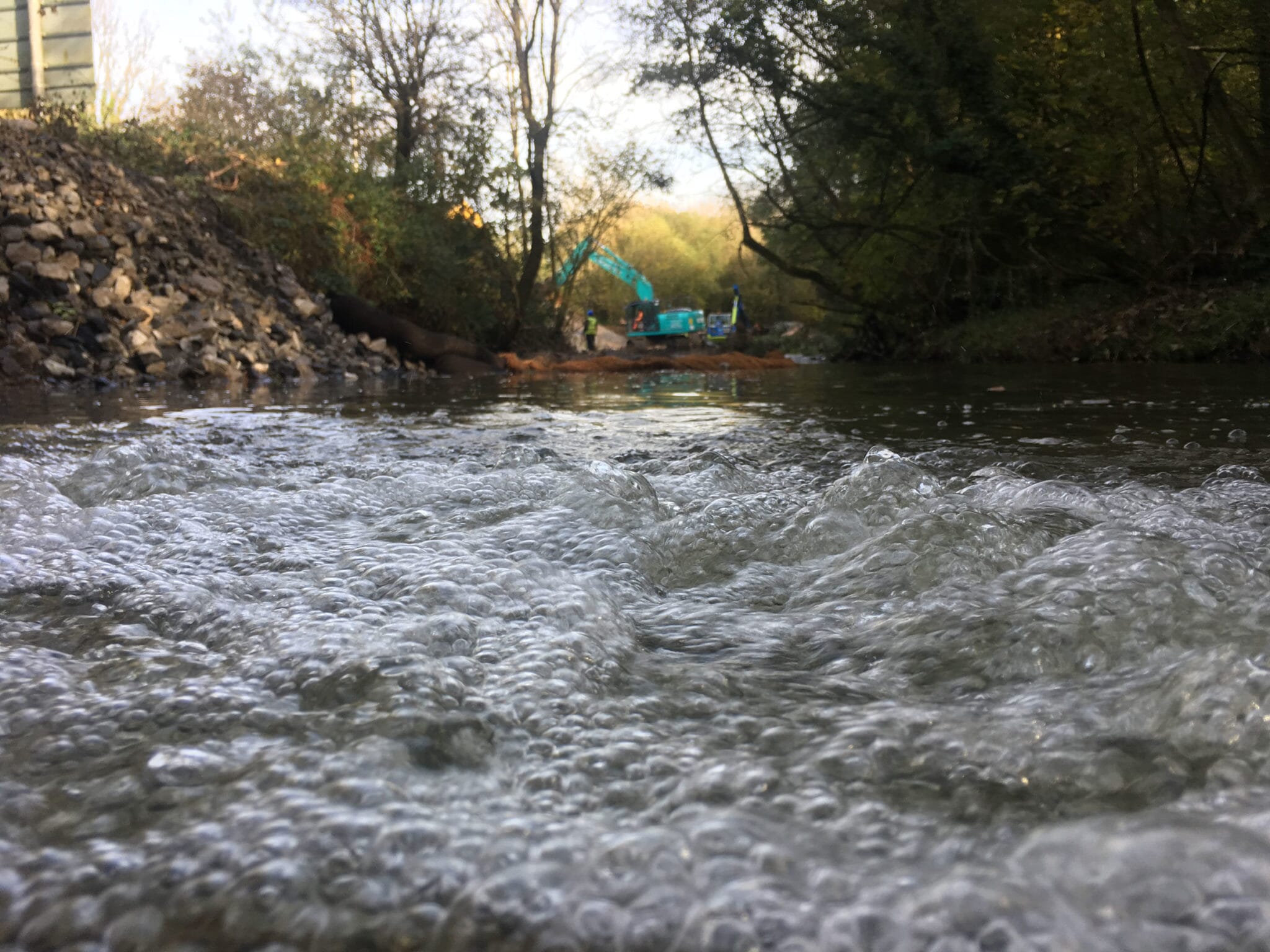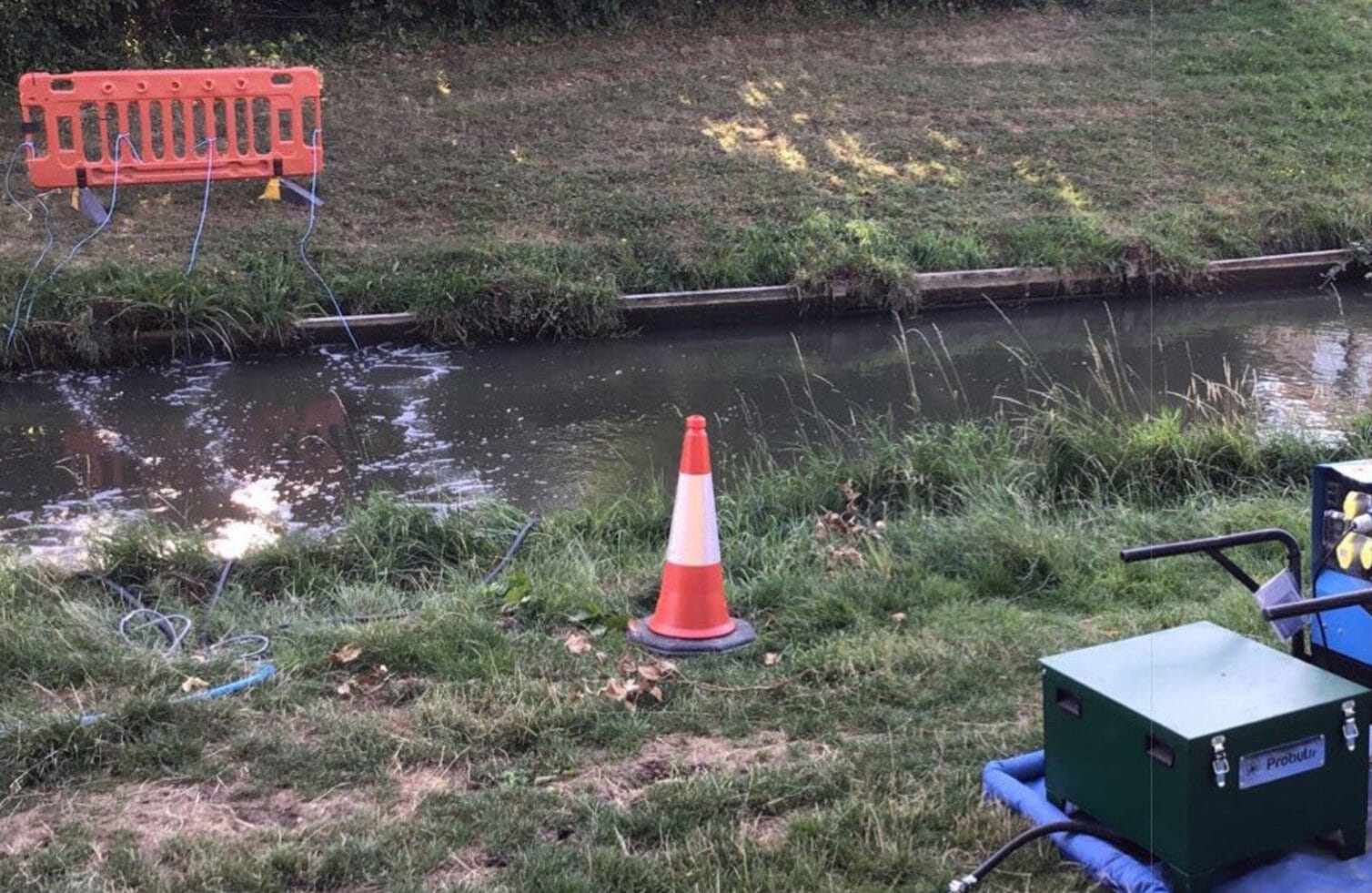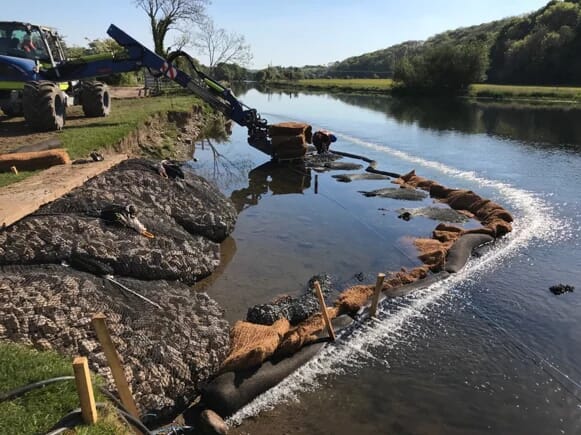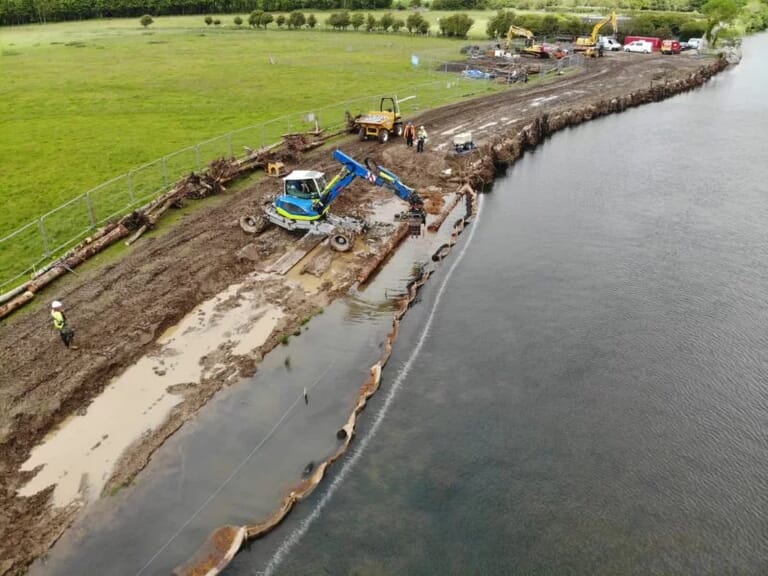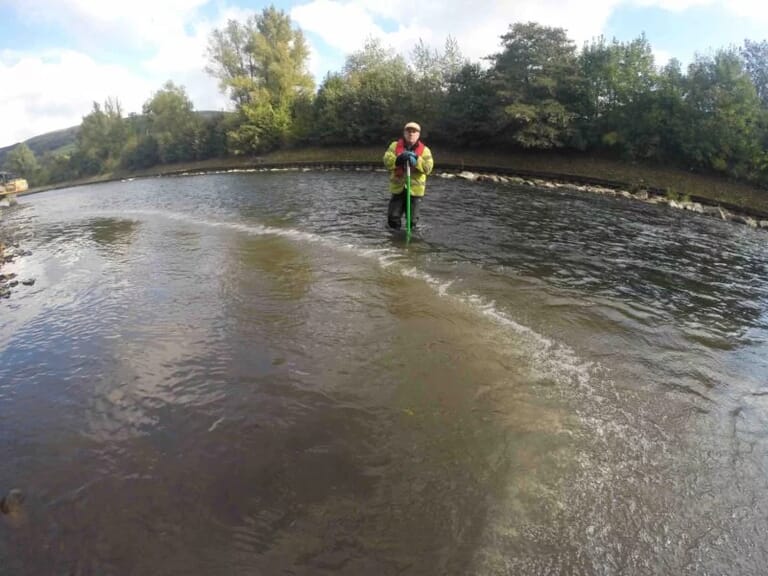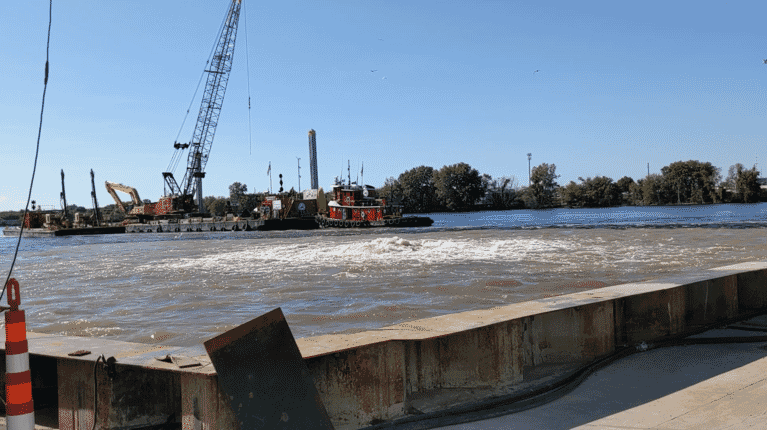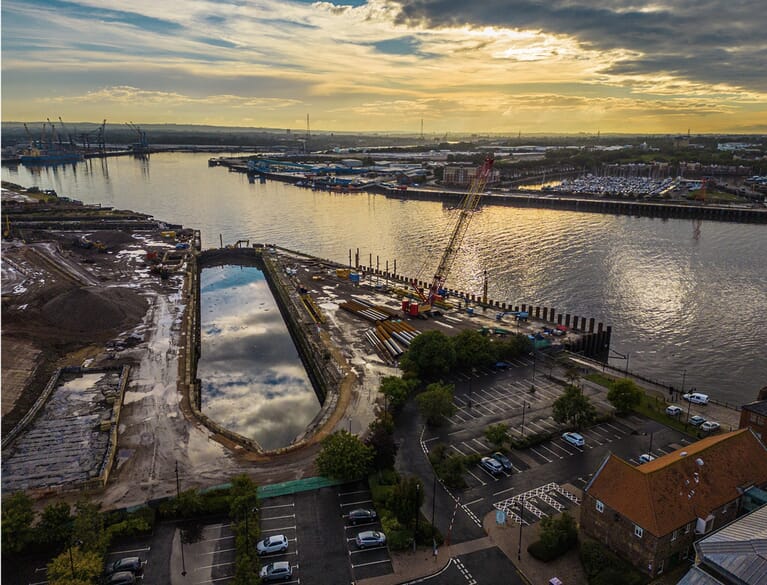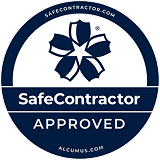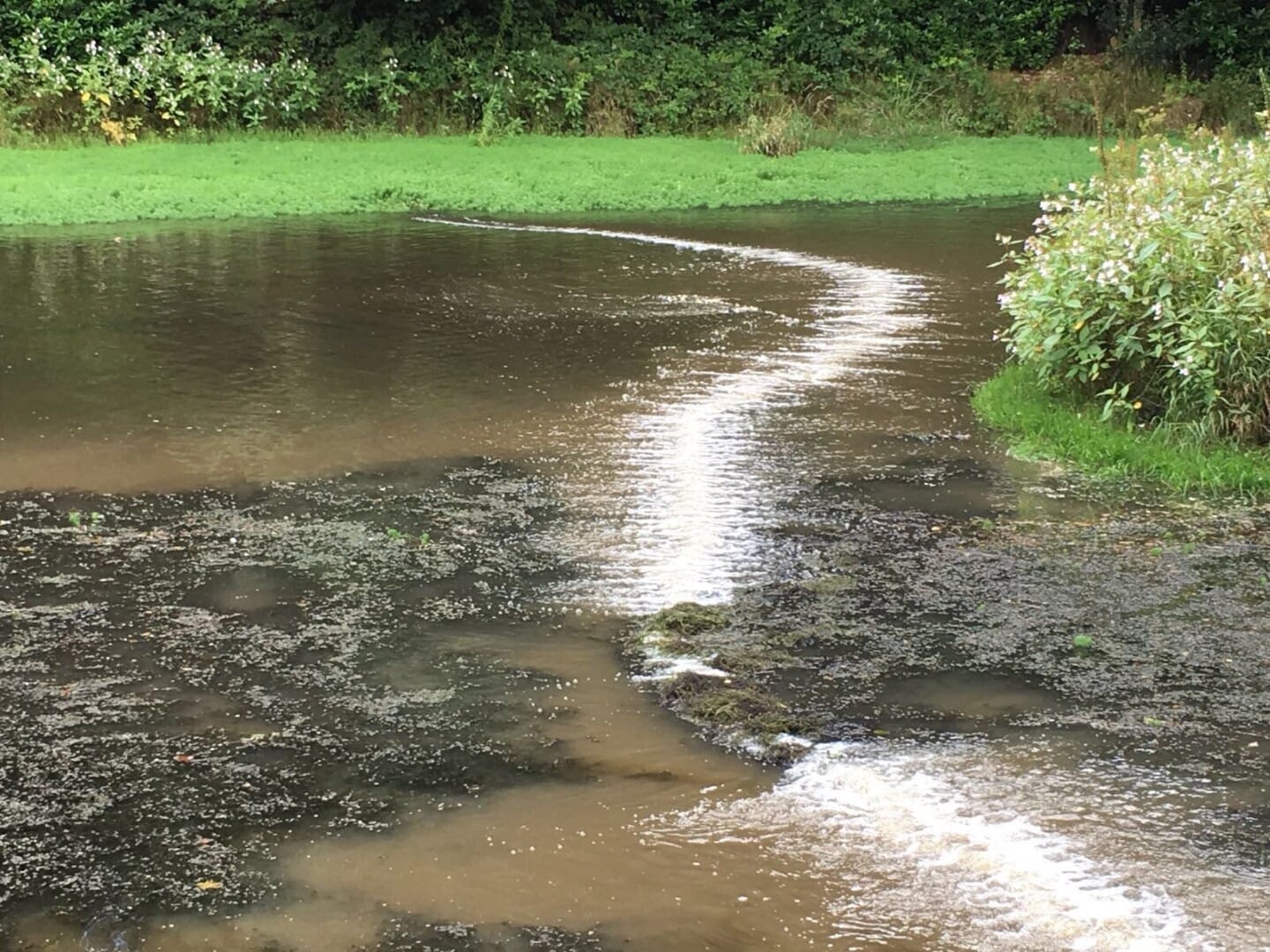
Case Study
Bubble barriers stop silt in Welsh waterways
Construction, Infrastructure & DevelopmentClient
Penllergare Trust
Location
Wales
Objective
Dredging a lake
Challenge
Protecting aquatic life and avoiding silt pollution in an important heritage and biodiversity site
The challenge
Managing the downstream impact of silt removal (dredging and desilting) projects can pose a challenge to our clients.
Suspended sediments are a significant source of pollution that can degrade habitat, reduce oxygen in the water column and spread contaminated materials.
However, silt removal is also essential to the upkeep of a waterway, whether preserving important heritage and habitat features or maintaining commercially important navigations.
The Penllergare Trust faced this challenge when planning the restoration and management of their estate, a landscape rich in natural beauty.
The lakes created within the River Llan are an important heritage and biodiversity feature of the valley woods. However, the lakes also act as a natural silt trap and require periodic dredging in order to maintain them.
The solution
Our Bubble Barriers using Bubble Tubing® technology has demonstrated that it can significantly reduce the harmful impacts when doing this essential management work.
We’ve been working with The Penllergare Trust and Natural Resources Wales on in-channel silt mitigation to help restrict the movement of silt plumes downstream.
A bubble barrier, incorporating two lines of Bubble Tubing® was deployed in the River Llan. The resultant turbulent flow currents were estimated to have held back 80% of suspended material, only releasing the finer silt particles.
Geo-textile curtains were then positioned downstream to the bubble barriers to increase the retention of very fine silt.
Downstream receptors include a trout farm as well as other sensitive sites; managing the movement of silt plumes was therefore an important aspect of this project.
Easy to install
One of the benefits of using Bubble Tubing on site is the ease of deployment, with no technical expertise required for installation.
Approved by Regulators
No regulatory approval was required ahead of deployment; in fact having the bubble barrier as mitigation supported the attainment of a Flood Risk Activity Permit for the project.
Dual-purpose, versatile solution
Bubble Barriers are regularly used in both permanent and temporary installations to control silt plumes, hold back litter, debris and floating weed and provide intensive aeration to improve the health and amenity value of water bodies.
The results
Reduced silt movement by 80%
The resultant turbulent flow currents were estimated to have held back 80% of suspended material, only releasing the finer silt particles.
The products
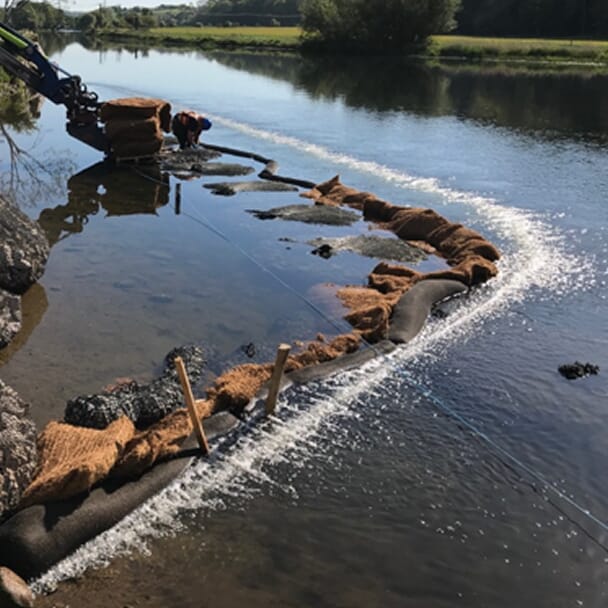
Silt & Debris Bubble Barriers
- Controls sediment plumes, preventing silt and debris spreading in water
- Protects habitats by shielding sensitive aquatic life and ecosystems
- Creates a flexible silt control barrier that is designed to adapt to varying water depths
- Quick to deploy and remove without inhibiting navigation
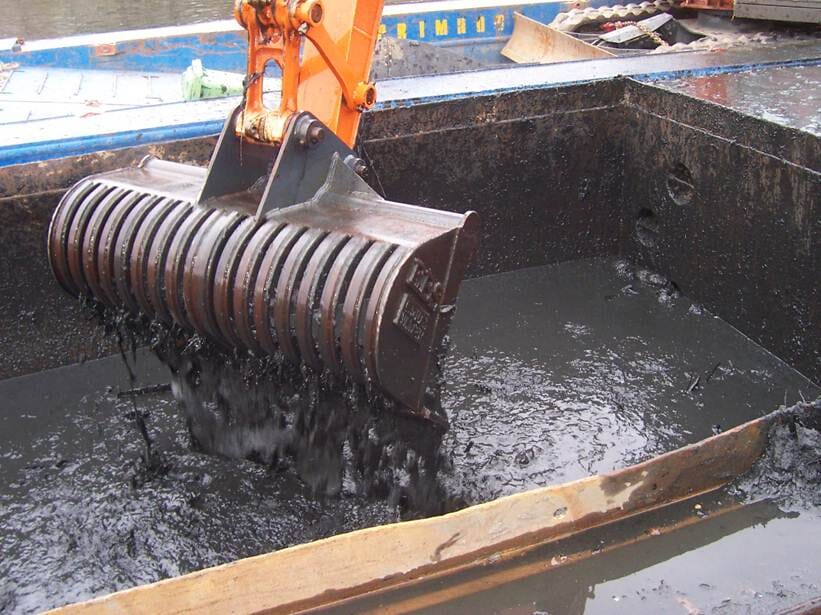
Water Injection Dredging Bubble Curtains
- Enhances dredging efficiency by keeping fine sediments suspended and improving water injection flow
- Reduces resettling by preventing silt from quickly settling back onto the bed
- Cuts operational costs by minimising repeat dredging and optimising equipment use
- Non-intrusive,flexible and safe to use, making it easy to deploy in busy harbour environments
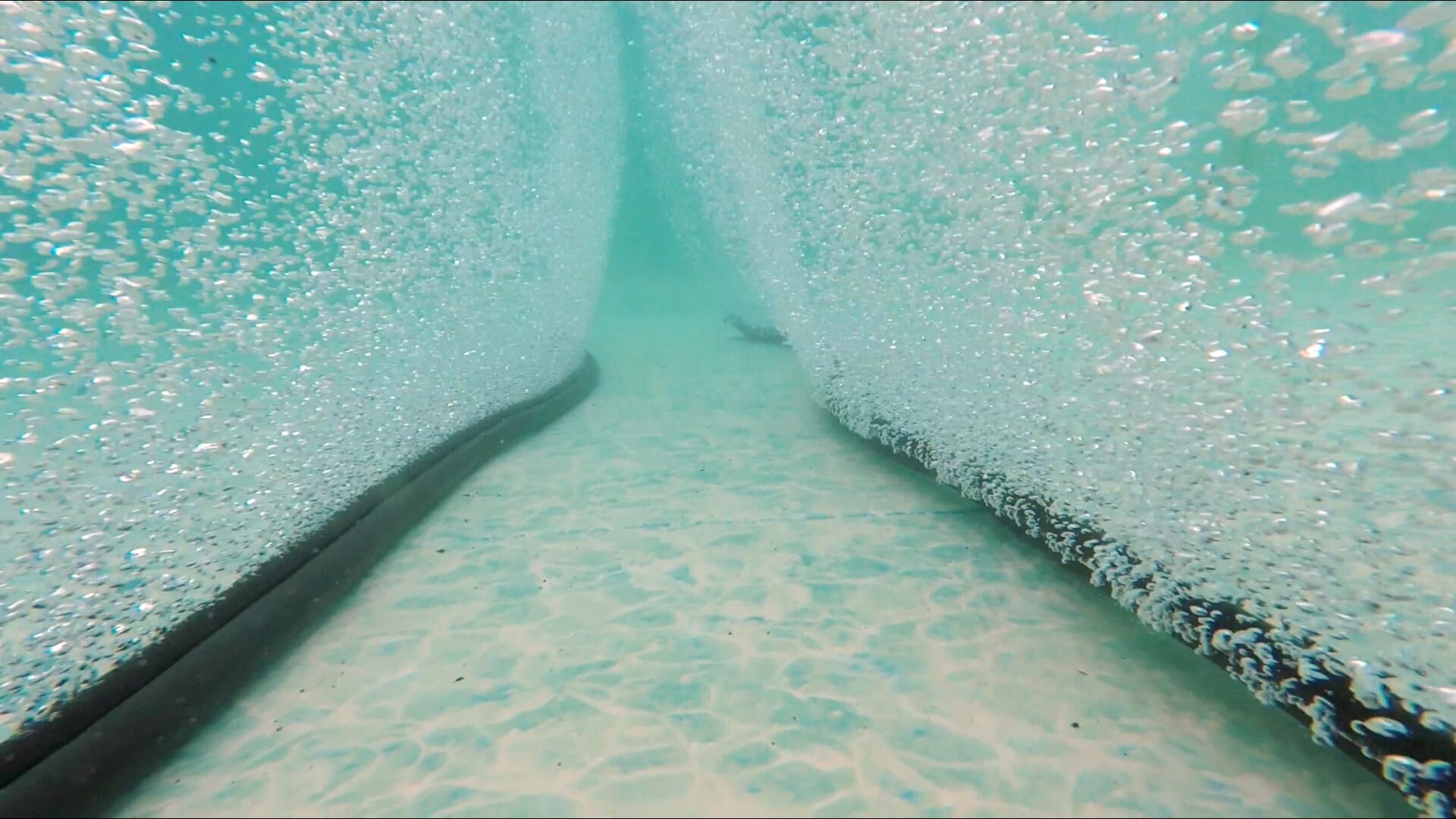
Aeration Bubble Curtains
- Lightweight, modular design allows quick setup in urgent situations
- Fine microbubbles restore dissolved oxygen levels fast, stabilising water quality
- No submerged moving parts means low risk of mechanical failure and minimal maintenance under pressure
- Bubble aeration systems can be adapted to various water bodies or emergency site conditions
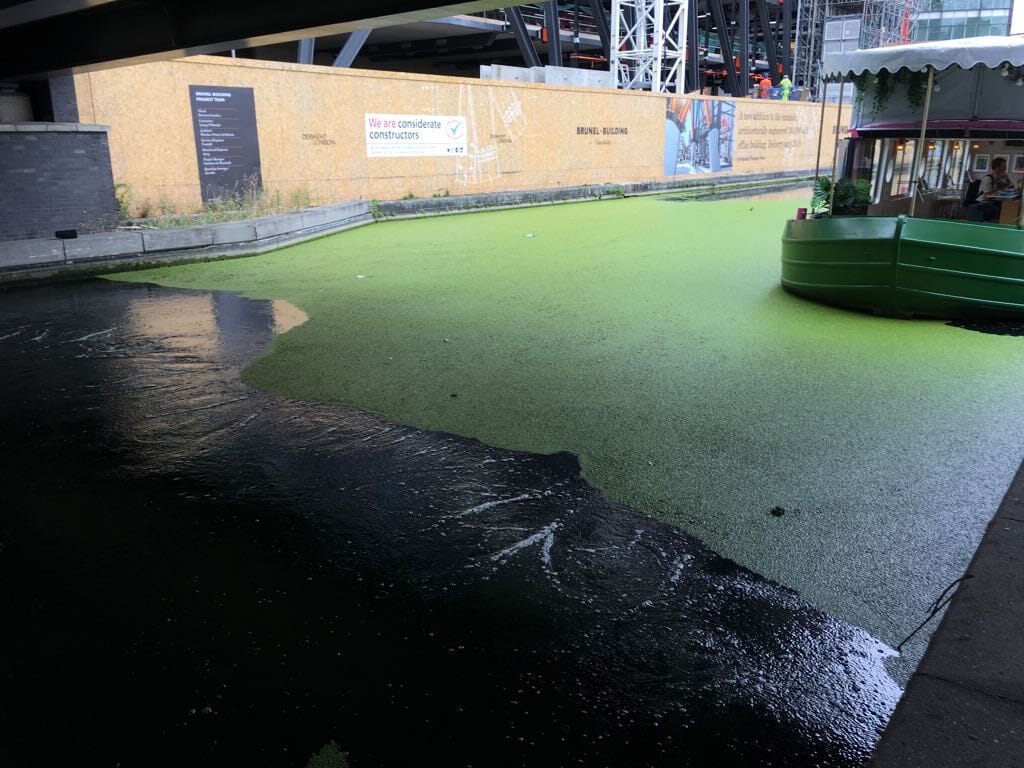
Litter & Weed Control Bubble Curtains
- Creates a dynamic barrier with rising bubbles blocking and redirecting floating debris
- Non-intrusive solution that allows fish passage and does not harm aquatic life
- Does not hinder navigation so vessels can cross without obstruction
- Low-maintenance & scalable and can be easily adapted for rivers, harbours, or industrial sites
